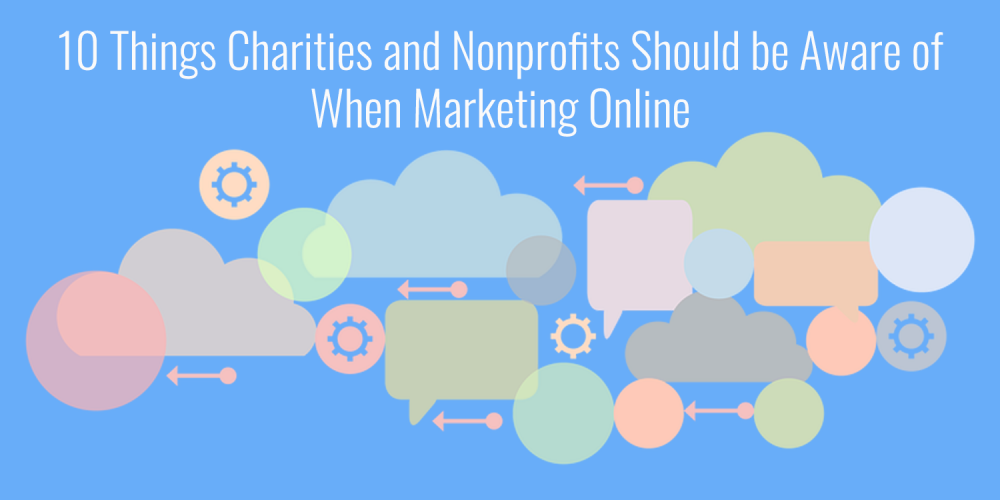


All marketing success begins with a simple principle -- know your target audience. Theme same is also applicable for the Charities and Nonprofits Marketing.
A persona is an imaginary profile created by a marketer to represent a specific group of your target audience. The most effective nonprofits and charities dedicate time to creating these profiles as it helps them craft personalized communications that speak to the heart of what that target audience needs or wants. See an example persona for a nonprofit. Surveys can help you learn a lot about your target audience and develop personas.
One thing you will learn in creating personas is that your members or donors likely have different ways that they want to interact and engage with your organization. Here are some examples of different personas and how they might engage with your group:
Not every organization has the staff to answer calls, execute and respond to social media posts and create volunteer forms. Consider focusing on what your organization can do well. For example, if you don’t have someone who can respond on Twitter, it’s best to not establish a Twitter profile in the first place.
Analyze all the ways you collect money now -- consider if you are meeting the needs of each target audience. Some ideas that might be new to you:
Responsive (sometimes called mobile-friendly) websites automatically adjust the appearance of web pages in response to the size of the phone screen or web browser of the website visitor. 51% of people who visit a nonprofit’s website do so on a mobile device. While many organizations have a responsive website, some have donation management software that is not responsive and creates frustration with tiny, often unreadable text.
Test your site:
WordPress is the most popular CMS. WordPress is used by more than 60 million websites, including 30.6% of the top 10 million websites as of April 2018. Sites built with WordPress, which may be responsive or not depending upon the theme that is used. All of the D5 Creation Themes are Responsive. D5 Creation has a Popular Non Profit Organization Theme Socialia.
It’s important that every aspect of your online interaction with donors is responsive. Research shows that 54% of nonprofit emails are read on mobile.
Let’s hope that your answer is #1.
While most nonprofits have SSL certificates for their websites, some sites or pages within sites might be only partially secure. A certificate allows you to have https in your web site URL vs. http. If your site has images or content that isn’t secure, users will not see the secure "Lock" icon on the web browser on those pages. Security not only establishes trust in the transaction process, but secure sites are also favored by Google. Secure sites rank higher in search engine results than sites that are not secure.
Let’s do a mini audit in three steps. Pretend you are a donor who wants to sign up for a recurring donation.
Infographics are your friend. You can find some ideas from different sites to think of infographics that can more quickly tell your web visitor why they should support your organization. Be careful designing infographics -- make sure the overall message can still be understood when the graphic is viewed on a smartphone.
Be thoughtful if you are buying stock imagery. I don’t like them for two reasons:
Usability studies indicate that you have an ever-shrinking number of seconds to prove why someone should stay on your website. The number is trending downward as people have less patience than ever and are easily distracted. Have trusted board members, friends or colleagues visit your website. Tell them to put themselves in the mindset of a first time donor. They have 15 seconds to evaluate:
The information that they report back can be enlightening. Make adjustments as needed.
Charities and Nonprofits Marketing is importing for the Community Organizations. We believe that the above Article has covered the basics of Charities and Nonprofits Marketing. You may want to learn more than Charities and Nonprofits Marketing, like: Small Business Marketing.
You can read more on Small Business Marketing in This Article.
Comments are Closed